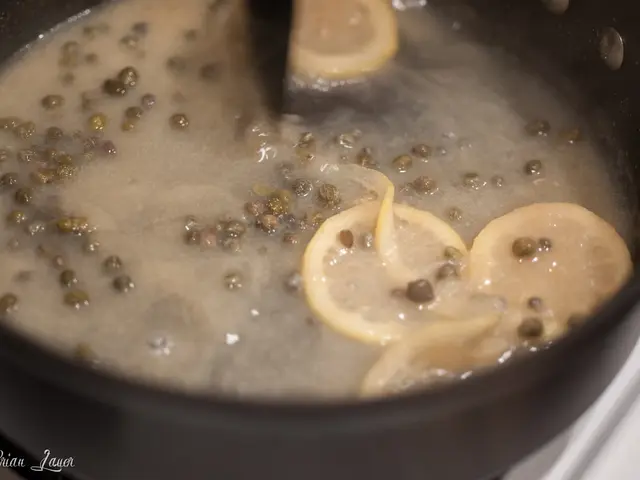Rectal Bleeding: 11 Possible Causes Identified
Bright red blood in the stool or on toilet paper is a concerning symptom that may indicate bleeding in the lower gastrointestinal (GI) tract, particularly in the colon or rectum. Here, we explore the common causes, symptoms, and treatment options for this condition.
**Common Causes**
- **Anal Fissures:** Small tears in the lining of the anus, typically caused by straining during bowel movements or constipation. - **Hemorrhoids:** Swollen veins in the lower part of the rectum or anus that can rupture and bleed, especially during straining. - **Colon Polyps:** Small clumps of cells that form in the colon and can bleed. - **Diverticula:** Small pouches in the colon that can rupture and bleed. - **Lower Intestinal Ulcers or Inflammation:** Conditions like ulcers or inflammation in the lower GI tract can cause bleeding.
**Symptoms**
Symptoms associated with bright red blood in the stool include pain during or after bowel movements, a noticeable tear around the anus, and bright red blood on toilet paper or in the stool.
**Treatment**
Treatment varies depending on the cause and severity of the bleeding. For anal fissures, increasing fiber intake, warm-water baths, and medication may be necessary. For hemorrhoids, treatments include sitz baths, cold therapy, pain management, dietary modifications, external thrombectomy, and hemorrhoidectomy for severe cases.
For other causes, a healthcare professional's evaluation is crucial to identify the source and severity of bleeding. Treatment may involve medications to manage symptoms or surgical intervention for more serious conditions like colon polyps or tumors.
If symptoms persist or worsen, it is important to seek medical attention promptly. In severe cases, a doctor may perform minor surgery to remove hemorrhoids. Warm baths, a high-fiber diet, and stool softeners may help reduce symptoms of fissures. In severe cases, fissures may require prescription creams or surgery.
Other potential causes of bright red blood in the stool include polyps, proctitis, colitis, gastroenteritis, rectal prolapse, and internal bleeding. These conditions require careful evaluation and treatment by a healthcare professional.
Remember, if you experience bright red blood in your stool or on toilet paper, do not hesitate to consult a healthcare professional. Early diagnosis and treatment can significantly improve outcomes.
- A thorough medical examination might be required to predict and identify potential ailments, such as anal fissures, hemorrhoids, colon polyps, diverticula, lower intestinal ulcers, or inflammation, when confronted with symptoms like bright red blood in the stool.
- In the science of medicine, many chronic diseases, including cancer, respiratory conditions, digestive health issues, eye health problems, hearing disorders, and mental health conditions, demand ongoing monitoring and proper nutrition for management.
- By adopting a health-and-wellness lifestyle, incorporating fitness-and-exercise routines, and maintaining skin-care practices, you can reduce the risk of various medical-conditions and autoimmune disorders, contributing to overall well-being.
- Vascular procedures like hemorrhoidectomy, external thrombectomy, and colonoscopies can play significant roles in diagnosing and treating conditions that cause bleeding in the lower GI tract.
- Skin-conditions such as eczema, psoriasis, or various rashes may also cause bright red blood to appear in the stool, although this is a less common occurrence and not directly related to the digestive system.
- In some instances, chronic diseases like cancer might metastasize, affecting different parts of the body, leading to abnormal bleeding, such as in the lower GI tract.
- Noticing symptoms like chronic fatigue, unexplained weight loss, or recurring infections could indicate the presence of more extensive health issues, necessitating a consultation with a healthcare professional.
- When inspecting the stool, paying attention to any changes in color, shape, or consistency can provide valuable insights into underlying digestive health concerns.
- Proper cardiovascular health is essential in maintaining overall well-being, as it strengthens the heart and helps keep blood flow adequate for vital organs, ensuring optimal body functions.
- Seeking medical advice and guidance should be the immediate course of action whenever faced with distressing symptoms like bright red blood in the stool.
- Maintaining regular check-ups with medical professionals and being informed about common medical-conditions and their symptoms can lead to swift diagnosis and proper treatment, ultimately improving long-term health and wellness.




